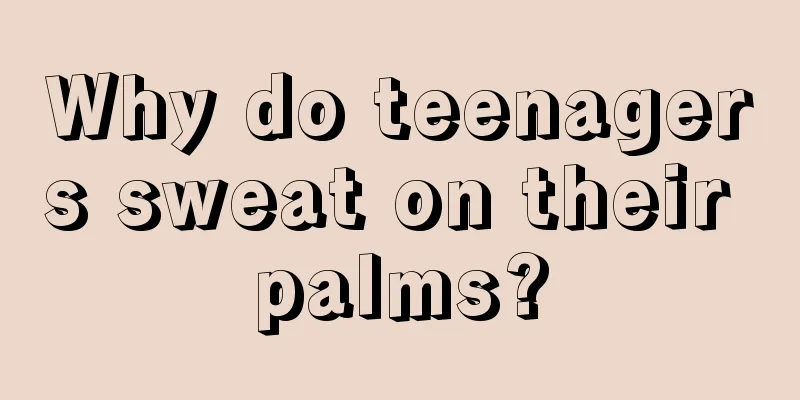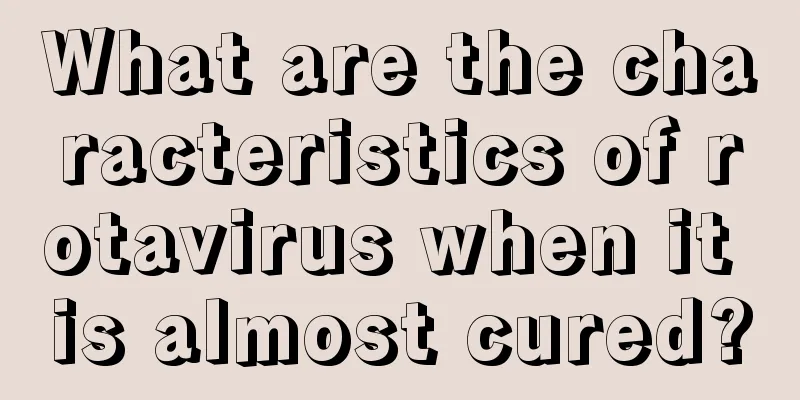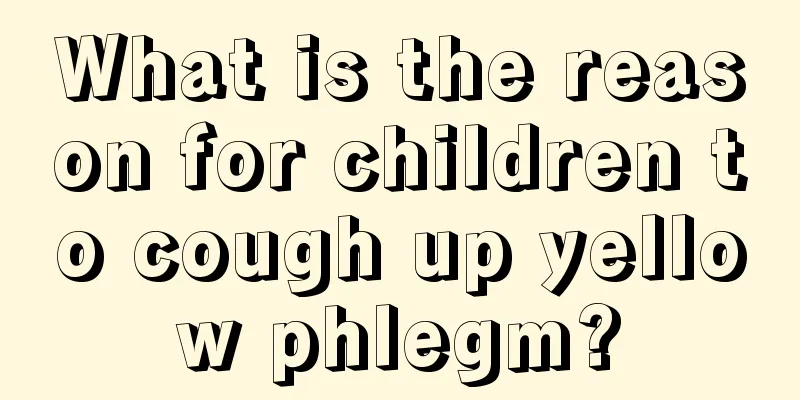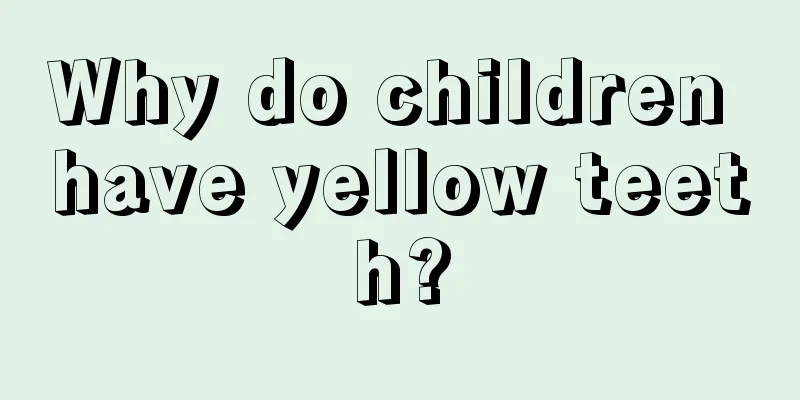What to do about migraine in children
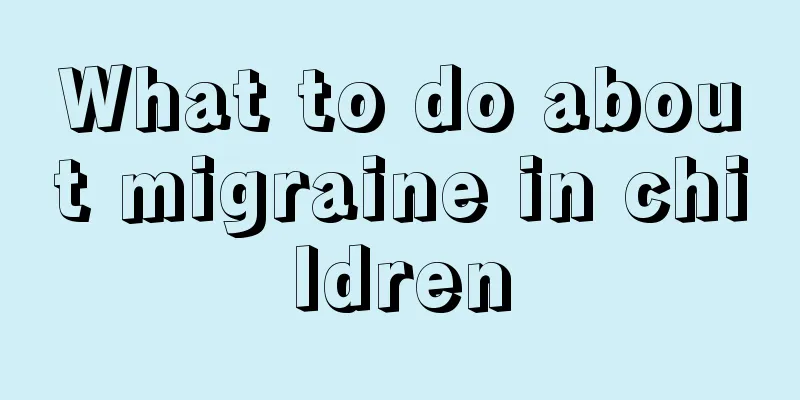
|
Children in their early childhood have relatively poor physical fitness, their immunity is not fully developed, and their ability to resist diseases is not good. So it is very easy to get sick. Is childhood migraine a very common disease? Many parents don’t know what to do when their children have this condition. So, what should we do with childhood migraine? First, what should we do about children’s migraine? Headache is a symptom caused by the stimulation of pain receptors in the head by physical and biological factors. It is very common in clinical practice. It is estimated that 1 in 10 children or 1 in 4 teenagers suffers from headaches, which seriously affects children's studies and parents' work. It causes harm to children's health and psychological and emotional development. However, there is currently insufficient understanding of it and no formal treatment is available. In particular, the current transitional examinations have increased the financial burden on patients, and due to the stressful studies and fierce competition for admission to higher education, the incidence rate is also increasing. However, as far as migraine is concerned, the prevalence rate is 1.5-2% in European and American countries and 0.73% in China, and the incidence rate is 10~15% in European and American countries and 0.06% in China. According to the latest statistics, the total annual prevalence rate is 11%. 6% for men and 15%-18% for women. The lifetime prevalence is at least 18%. 18% of children aged 13 to 15 suffer from tension headaches and 7% suffer from migraines. Therefore, headache problems in children have become a public health issue. Second, acute headache: This situation is often a sudden and obvious headache, but the pain only occurs this time and will not recur. The pain can be spread throughout the head or localized in one area, and is sometimes accompanied by other symptoms such as fever, nausea, and vomiting. Acute headaches are mostly caused by a certain reason or disease, such as fever, bruise, toothache, meningitis, etc. Once the cause is eliminated, the headache will also disappear and will not recur in the future. 2. Acute recurrent headache: refers to headaches that occur again and again. Each headache lasts for several hours to several days. The headache can be mild or severe, and sometimes it is accompanied by symptoms such as nausea, vomiting, blurred vision, and abdominal pain. After the headache disappears, there will be no more uncomfortable feeling, but the headache will reappear in the future. Migraine is the most common example. 3. Chronic headache: Chronic headache means that the pain exists every day, but the pain is not severe. It is just a dull pain every day and feels uncomfortable, but the headache does not get worse. Children with this kind of headache often suffer from depression, sadness and other problems, which are mostly caused by study pressure, interpersonal relationships or other psychological problems. Whether there are diseases such as brain tumor, brain abscess, cerebral hematoma, etc. What should we do if children have migraines? If this is the first time the headache occurs, especially if it is accompanied by high fever, vomiting, stiff neck, photophobia and other symptoms, you must be careful. It is best to immediately ask a professional doctor to check to determine whether the headache is caused by a serious disease such as a brain tumor or encephalitis. If any of these diseases are suspected, you will be hospitalized for further examination. If it is determined to be a benign headache, no further testing is needed. In fact, most of the headaches in children are benign and can be treated with ordinary painkillers. When a headache first occurs, you can give your child some water or some snacks such as biscuits, or take him outdoors to play in the fresh air for a while to see if it will get better. |
>>: Standard length of a seven-month-old baby's feet
Recommend
How to deal with a fever after a baby gets a measles vaccine
After a baby is born, he or she will get a vaccin...
What to do if your child is too active
Exercise is a child's nature. Babies perceive...
How to conduct cognitive training for children with autism?
Autism is a common disease nowadays. Children wit...
What are the symptoms of wind-heat cold in children?
Everyone knows that colds are inevitable in life....
How much milk should a seven month old baby take?
Seven-month-old babies have started to add comple...
How to hold a newborn baby, teach you the correct holding posture
When a child is just born, parents definitely wan...
Baby's face rash after fever subsides
Fever is the most common phenomenon in babies, ma...
Why do children's nails turn white?
Under normal circumstances, people's nails ar...
What should I do if my baby gets blisters after being bitten by a mosquito?
Mosquitoes do exist in summer, especially in the ...
Why is my baby breathing heavily?
We all hope that our babies can grow up healthy a...
Will roseola infantum occur a second time?
Roseola infantum is more common in babies between...
How can children grow taller?
The fact that children are not growing taller is ...
What is the cause of the child's thinning hair?
Parents naturally hope that their children can ac...
Is it good or bad for babies to always sleep on their stomachs?
For little babies, their every behavior attracts ...
What causes baby's cleft lip?
Parents are very concerned about their baby's...

